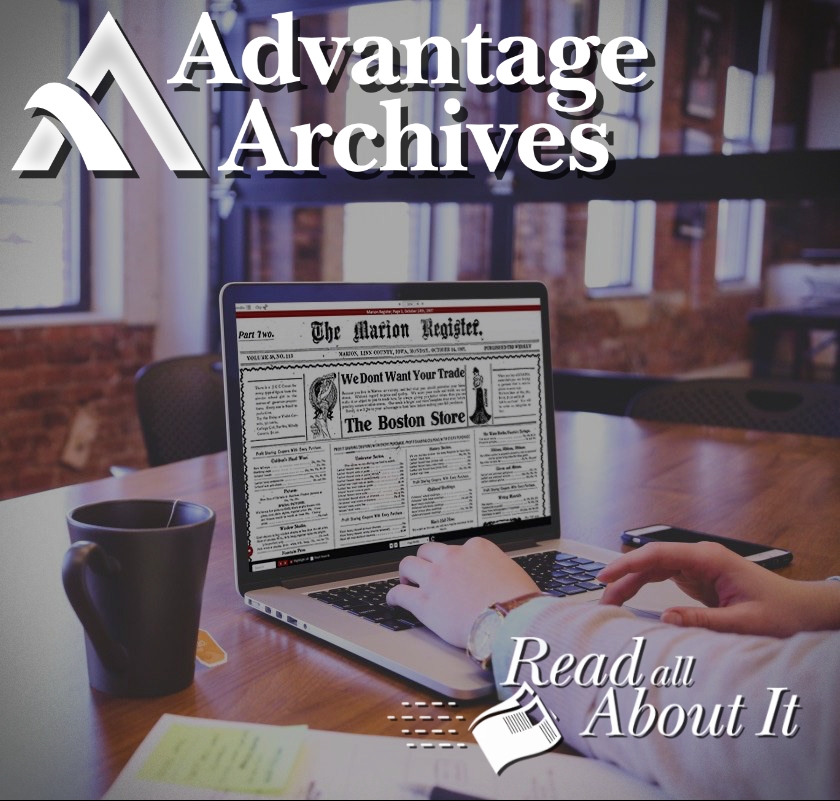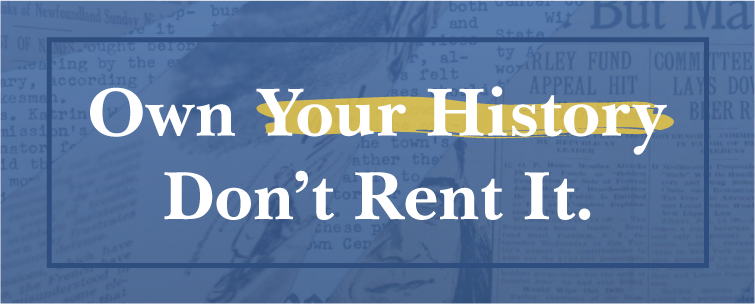Building a Sustainable Digitization Program: Budgets, Partnerships, and Phases
Turning shared responsibility into lasting preservation and public access


Budgeting for Microfilm Digitization Projects
Digitizing microfilm collections is rarely the responsibility of a single individual or governing body. It is a shared commitment requiring collaboration among directors, trustees, funders, and community stakeholders. Each contributes something essential: directors bring operational knowledge and collection expertise; trustees ensure accountability and alignment with mission; funders seek measurable impact that demonstrates how public investment leads to public access.
When these perspectives align, digitization becomes more than a technical project—it becomes a community-driven preservation effort. The measure of success extends beyond reels scanned or images created. It’s about how residents, researchers, and students reconnect with the stories that define them.
By collaborating early, institutions can develop an approach that balances ownership, sustainability, and cost-effectiveness. Done well, microfilm digitization transforms vulnerable collections into permanent digital resources that safeguard history while empowering discovery for generations to come.
The Case for Digitizing Microfilm
Microfilm collections represent decades—and often centuries—of local heritage. They contain newspapers, genealogical records, and community stories that define identity. But as technology evolves, microfilm has become an increasingly difficult format for access and research.
Modern digital readers are costly. Replacement parts for legacy machines are scarce. Even when functioning, they demand a level of skill few patrons retain. The result: collections that are preserved, but not accessible. Digitization bridges this divide by turning fragile reels into searchable, user-friendly digital archives accessible to anyone, anywhere, at any time.
The impact is transformative. Students gain access to primary sources that bring local history into the classroom. Genealogists and researchers can trace family roots instantly. Residents can rediscover the civic milestones that built their communities. Trustees and funders see tangible proof that investments in digitization deliver lasting public benefit.
The value of digitization is no longer in question. The question is how institutions can collaborate to design sustainable models that ensure access for all.
Budget Pressures Institutions Face
Libraries and cultural organizations operate in challenging environments. Budgets shrink, staff workloads increase, and scrutiny rises. Every investment must now demonstrate measurable, long-term value.
Within these pressures, microfilm digitization can feel secondary to immediate needs like staffing, technology upgrades, or building maintenance. Yet, the risk of inaction grows. While microfilm is stable for preservation, it fails as an access medium. Patrons expect digital access; few know how to operate a reader. Without digitization, collections effectively vanish from use—preserved, but silent.
Budgeting for digitization is about more than immediate costs. It’s about protecting past investments and ensuring that today’s choices create enduring public value. With strategic collaboration, preservation becomes a living, usable resource—not just an archival footnote.
Partnerships That Stretch Budgets and Build Value
The most successful digitization programs are built on partnerships. Directors, trustees, and funders each have a role, but collaboration extends far beyond the institution itself. Neighboring libraries, museums, schools, and historical societies can join forces to reduce costs, expand access, and build shared regional archives that tell the full story of their communities.
Community engagement is key. Teachers identify periods most valuable for classroom use. Genealogists highlight titles and years with the richest data. Local historians and students become advocates who connect the public to the project’s purpose. This inclusive approach ensures that digitization reflects community priorities and generates support among funders and residents alike.
Finally, selecting the right vendor matters. The ideal partner operates transparently, aligns with institutional goals, and builds capacity rather than dependency. At Advantage Archives, collaboration is at the heart of every project—turning what could be a technical process into a sustainable civic investment.
Phased Projects Provide Practical Paths Forward
For many institutions, a phased approach makes digitization both feasible and financially responsible. Instead of attempting to digitize an entire collection at once, libraries can prioritize in stages—focusing on the most fragile, requested, or historically significant materials first.
Each phase can align with budget cycles, grant schedules, or local funding initiatives. This structure delivers measurable progress, keeps stakeholders engaged, and builds momentum with every completed milestone. Early successes create visible proof of value—helping secure support for the next phase.
Phased digitization transforms an overwhelming project into a manageable, scalable strategy that grows steadily in both impact and sustainability. Over time, the result is the same as an all-at-once effort—only stronger, more affordable, and more deeply rooted in community collaboration.
Conclusion: Collaboration That Lasts
Microfilm digitization is not just a technical upgrade—it’s a strategic partnership built on shared purpose and community vision. When directors, trustees, and funders collaborate, fragile reels become living archives—accessible, discoverable, and permanent.
With Advantage Archives as your partner, the process is predictable, transparent, and entirely your own. Together, we ensure that history remains accessible to all—freely, forever.
Want to learn why over 1,100+ institutions have partnered with Advantage? Reach out and learn why a partnership with Advantage makes sense.
Click Here to speak with Advantage
Read More About It!
Preservation Is Every Bit As Important As Access
Digitizing your microfilm holdings and other historical documents will unlock history by bringing them out of the drawer and putting them at your fingertips. However, access is only ½ the equation. Before you embark on a digitization project, you need to evaluate the risk to any source materials in your collections.
Why Digitizing Microfilm Beats Microfilm Readers
The digital age is upon us, and it’s shaking up how we interact with historical documents. More specifically, it’s bringing about a monumental shift in how we access microfilm.





